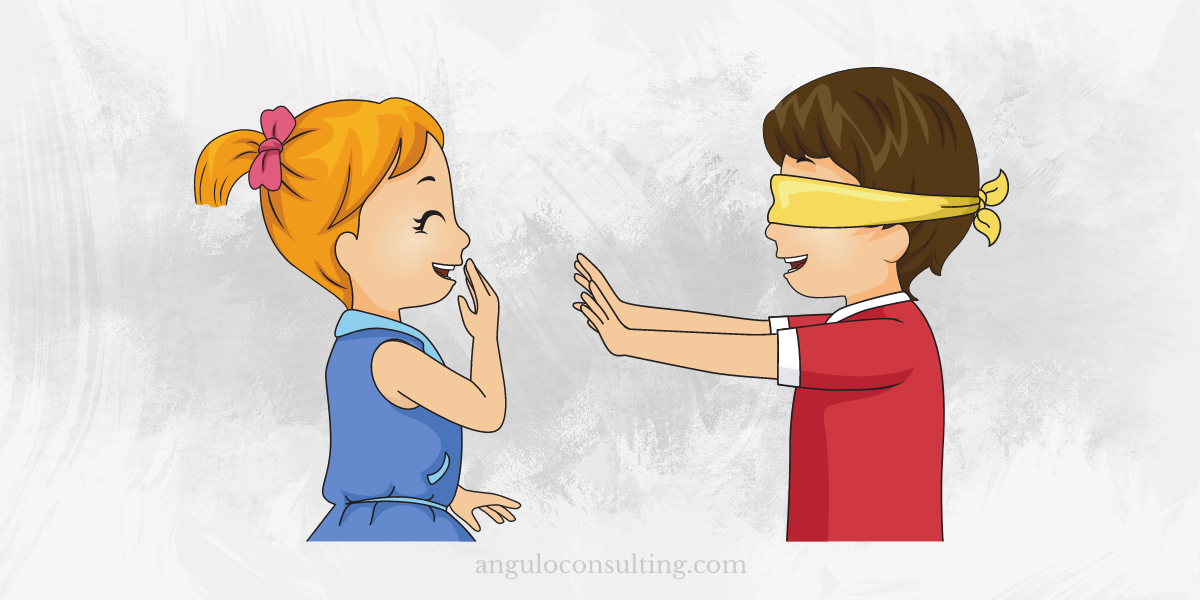
Every mum’s experienced the joy of being awakened by cheerful baby babble coming across the monitor. But especially in the summer months when the sun wakes your little one early, that adorable wake-up call isn’t quite as welcome! Kids need lots of sleep: 12 hours for older babies and toddlers, 13 hours for preschoolers who don’t take naps, and 10-11 hours for older kids. Kids are busy these days, and overtired children tend to be wired; it’s difficult for them to fall asleep. Blackout blinds can help get biology working on your side.
Circadian Rhythms
Most living things, especially human beings, have biological “clocks” – biochemical mechanisms that vary with great regularity over a 24-hour period. In other words, the body’s biochemical rhythm is aligned with the passing of time and the cycle of day and night. Sleepiness is closely connected to the body’s biochemical clock – not only to habits, like typical wake time and bedtime but also to the daily cycles of light and dark. When our surroundings are dark, our bodies are stimulated to produce melatonin, a chemical that triggers feelings of sleepiness. The prevalence of artificial lighting, and our reliance on it, can confuse our biological clocks and inhibit the production of melatonin, making it harder for us to sleep. For kids and adults alike, sleeping in a pitch-dark room is the best way to fall asleep, get good sleep, and stay asleep as long as necessary.
Dark blinds or authentic blackout blinds?
You can significantly reduce the amount of light that gets into a room just by installing regular blinds in a dark color, putting up dark curtains, or installing shutters. But an actual blackout blind will reduce visible light much more than just an opaque window covering. Blackout blinds are available in a wide variety of styles, so you should select a manner that will fit as tightly as possible in your window frame. Although the blackout blind will block light from coming directly through, light can leak in around the edges of an ill-fitting or loose blind. If a tight fit is not possible, consider lining the inside edges of your windows with a static cling blackout blind, a film that attaches directly to the window.
To completely eliminate light, use blackout blinds lined with Mylar. The lining blocks UV light as well as 100% of visible light. Blocking UV can be particularly valuable if your baby’s cot is in a location where the light falls onto it and your baby’s sensitive skin.
How dark should my baby’s room be?
To really improve sleep quality and quantity, purchase blackout blinds that get the room close to pitch-black. Infants and toddlers will not be scared of the dark, and you can use a noise machine or fan to muffle ambient or household sounds. If your child is terrified of the night, a soft night-light is a compromise you’ll probably have to make, but avoid allowing a television, DVD player, computer, or other light- and noise-producing media devices in your child’s bedroom. They will distract your child from sleep and defeat the advantage provided by the blackout blinds.